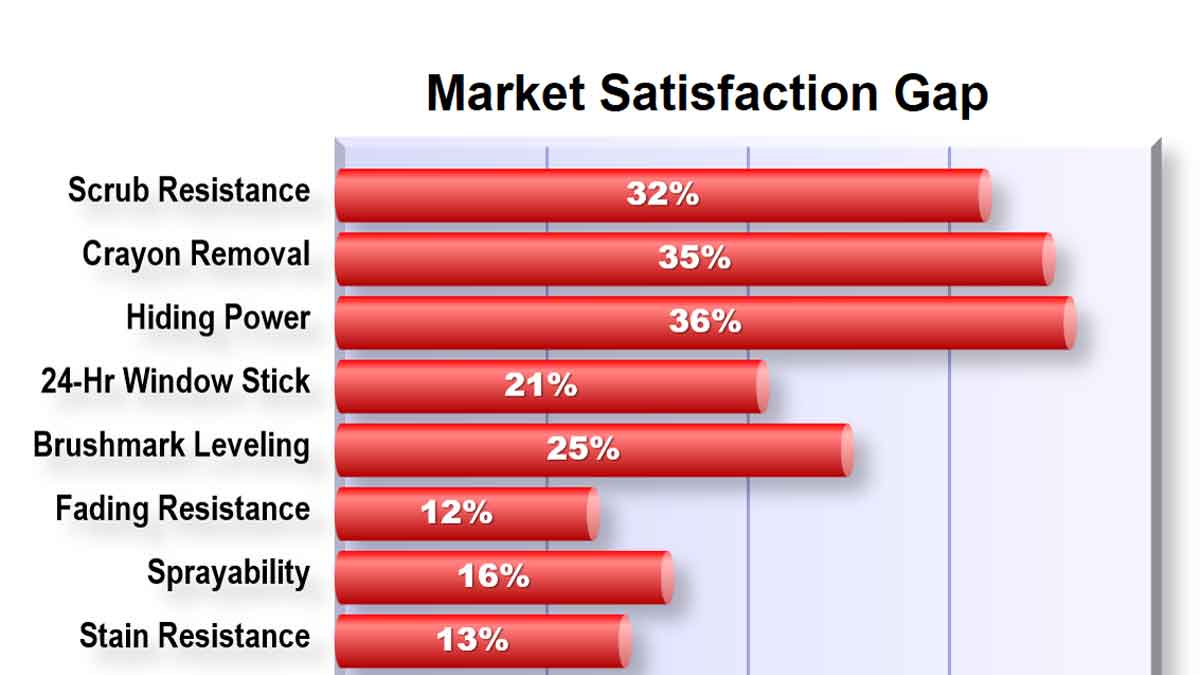Avoid “technology push.” But should you just leave your technology quivering on the lab bench? Hardly. Conduct customer interviews without mentioning your technology. If customer outcomes match your technology… wonderful! Otherwise, look for different technology (for this market), or look for another market (for this technology).
More in 2-minute video at 21. Give your hypotheses the silent treatment
Could customers help with a product as radical as iTunes or iPod? They’d probably be hopeless on solutions… but helpful on outcomes: access a broad range of music, instantly purchase music, transport music anywhere, purchase single tunes, store music on multiple devices, etc. These would be great insights for any solution-provider.
More in 2-minute video at 18. Avoid the ‘Faster Horse’ Fallacy
If you haven’t explored Design Thinking for your product development yet, I highly recommend you do. It brings seven important benefits: 1) stronger value propositions, 2) rapid customer insight, 3) improved customer engagement, 4) potential for transformational innovation, 5) less squandered R&D, 6) reduced commercial risk, and 7) the erosion of functional silos.
But if you’re a B2B company, don’t simply use Design Thinking as it’s taught in design schools. You can optimize it for B2B, especially the first two steps, “empathize” and “design”… using B2B-optimized Discovery and Preference interviews.
More in white paper, Design Thinking Optimized for B2B
Design thinking isn’t new: The concept was first introduced by Nobel Prize laureate Herbert A. Simon in his 1969 book, The Sciences of the Artificial. It’s been “catching on” more and more in new product development circles, which is a very good thing. My favorite part is that it doesn’t start with well-defined problems, like the ones we were handed in engineering school. Rather, it’s a user-center process that encourages us to enter the customers’ world and understand it better. Especially their desired outcomes. This graphic shows the differences.
More in white paper, Design Thinking Optimized for B2B
In his book, The Statue in the Stone, Scott Burleson describes Jobs-to-be-Done philosophy as “an ideology to help a person accomplish a job perfectly by removing every imperfection.” Over and over we’ve seen this simple fact when our clients interview their customers: Teams that focus on their products, technologies and hypotheses struggle. But teams that focus on customers’ jobs-to-be-done–and the outcomes supporting those jobs–are much more successful.
More at Dan Adams interviews Scott Burleson about his new book, The Statue in the Stone
In B2B we can do even better than “understanding” customer needs. We can “model” them. Use customer interviews to understand customers’ key outcomes. But don’t stop there. Ask how they measure these outcomes… and how good is “good enough.” Then create a model so you can test how they’ll react to any product design you imagine.
More in article, B2B Customer Needs: Predict the customer’s experience with modeling
In Level 1, you start with your ideas and launch products you think customers will want. In Level 2, you still start with your ideas, but “validate” them with customers. In Level 3, you start with customer needs, using divergent and convergent interviews. You uncover a full range of outcomes and only work on those customers care about.
More in white paper, Guessing at Customer Needs (page 7).
This can super-charge your organic growth: Don’t let your R&D conduct any product development work without unbiased, unfiltered data on what customers do and do not want. Market Satisfaction Gaps—based on importance and satisfaction scores for customer outcomes—provide this. You’ll free up enormous resources by working on only what matters.
More in white paper, Catch the Innovation Wave (page 13).
Avoid “technology push.” But should you just leave your technology quivering on the lab bench? Hardly. Conduct customer interviews without mentioning your technology. If customer outcomes match your technology… wonderful! Otherwise, look for different technology (for this market), or look for another market (for this technology).
More in article, Should You Develop New Products like Steve Jobs? (Originally published in B2B Organic Growth newsletter).
Could customers help with a product as radical as iTunes or iPod? Sure. If you know how to ask. They’d probably be hopeless on solutions… but helpful on outcomes: access a broad range of music, instantly purchase music, transport music anywhere, purchase single tunes, store music on multiple devices, etc. These would be great insights for any solution-provider.
Read more in this article, Should You Develop New Products like Steve Jobs? (Originally published in B2B Organic Growth). Steve Jobs made a good point when he said “you can’t just ask customers for the next big thing.” The customers’ area of expertise is the “outcome”—what they want to have happen, not how it should happen.










